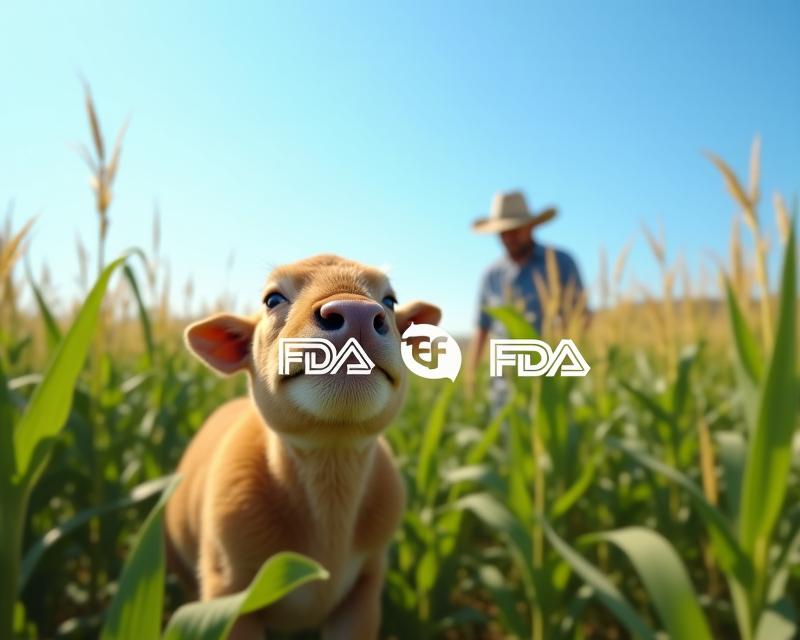GMOs vs. Traditional Breeding: What's the Difference?
Publish in Crops el 23/07/2025 17:06
GMOs vs. Traditional Breeding: What's the Difference?
For generations, farmers and gardeners have relied on traditional breeding methods to improve their crops. But in recent decades, a new approach has emerged: genetic modification (GMOs). Both aim to enhance plants, but they achieve it in fundamentally different ways. Understanding these differences is crucial for making informed decisions about your farming practices.

Traditional Breeding: The Slow and Steady Approach
Traditional breeding involves carefully selecting plants with desirable traits – like high yield, disease resistance, or better flavor – and allowing them to cross-pollinate. Over many generations, farmers repeatedly select and breed the best plants, gradually accumulating the desired characteristics. This process can take years, even decades, to achieve the desired results. It relies on the natural genetic variation within a species. Think of it like carefully curating a collection of traits over time.
Genetic Modification (GMOs): A More Direct Route
Genetic modification, on the other hand, involves directly altering a plant's DNA. Scientists can insert specific genes from other organisms – even different species – to introduce new traits. This allows for more precise and faster improvements. For example, a gene from a bacterium can be inserted into a corn plant to make it resistant to certain insects. This process is much quicker than traditional breeding, potentially leading to significant improvements in a shorter timeframe. However, it also raises questions about the long-term effects on the environment and human health.
Key Differences Summarized
Here's a quick comparison:
- Speed: GMOs are faster (years) than traditional breeding (decades).
- Precision: GMOs allow for precise gene insertion.
- Genetic Source: Traditional breeding relies on existing genetic variation; GMOs can introduce genes from unrelated organisms.
- Regulation: GMOs are often subject to stricter regulations and labeling requirements.
Implications for Farmers and Gardeners
Both GMOs and traditional breeding have their pros and cons. Traditional breeding is often favored by those concerned about the potential risks of GMOs and who prefer to work within natural processes. GMOs can offer solutions to pressing agricultural challenges, such as pest resistance and drought tolerance, potentially leading to higher yields and reduced pesticide use. Ultimately, the choice between GMOs and traditional breeding depends on individual priorities, farming goals, and local regulations. It's essential to stay informed about the latest developments and consider the long-term implications of each approach for your farm and the environment.





